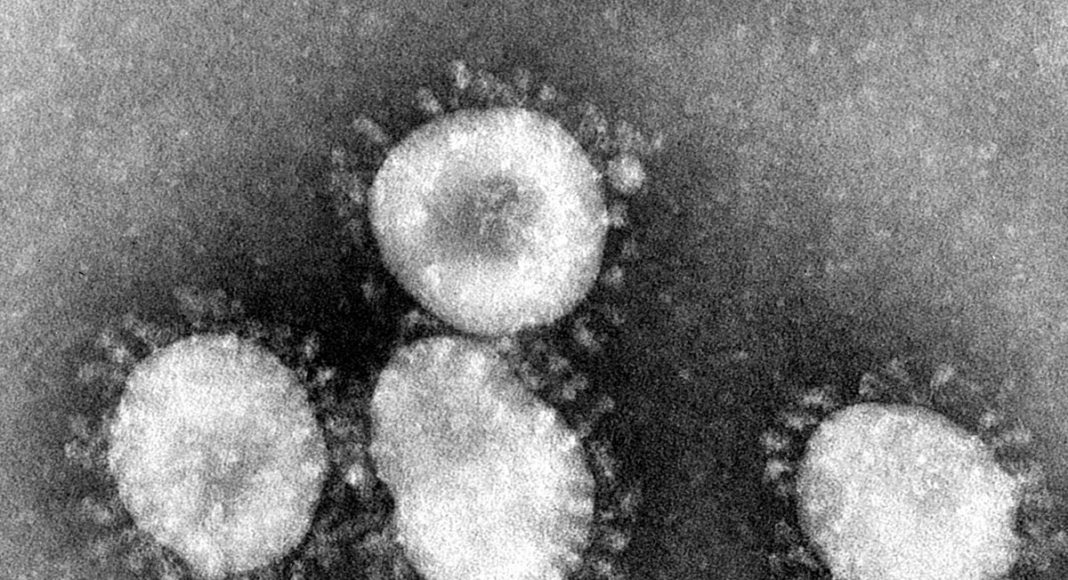
A new German study offers important insight into why the new coronavirus has spread so quickly, how it differs from the previous SARS outbreak, and how efforts to control it might be targeted.
The study is based on a small sample size and is only published as a preprint, pending peer review—reflecting the urgency of the subject. (You’ll find a Monarch Notes version at the excellent health-science website STAT.)
Still, it’s an eye-opener. The researchers, at the Bundeswehr Institute of Microbiology and at Klinikum München-Schwabing in Munich at Berlin’s Charité Universitätsmedizin hospital, investigated an often-overlooked factor in COVID-19’s spread: how much virus those infected shed, and when. To do this they measured levels not just of viral RNA, as other studies have, but of actual live virus, by using swab samples to grow cultures.
The scientists monitored nine young to middle-aged, previously healthy patients who were known to have been exposed to SARS-CoV-2, the current virus, starting with the first day of symptoms. These patients shed high quantities of live virus from the start and, at peak, shed more than 1,000 times as much as peak shedding of the original, closely related SARS virus in 2002-2003.
Shedding peaked earlier with the new virus, however. Viral RNA levels peaked in less than five days, versus seven to 10 days with SARS. This seems to reflect the fact that the new virus settles in and sheds from the upper respiratory tract, including the throat; throat swabs and sputum samples all showed high levels. The earlier SARS virus, by contrast, shed from deeper in the lungs, where it took longer to settle, not from the throat.
On the brighter side, the live shedding passed faster with COVID-19, at least in mild cases; vital loads dropped off quickly after day 5. By day 8, researchers could not grow virus from swabs and samples taken from the seven out of nine patients who developed only mild symptoms. The two patients who got sicker, with pneumonia-like symptoms, continued shedding high levels till day 10 or 11—more like SARS 2002 sufferers.
What does this suggest? That response must be rapid and cast a wide net. Any hope of containment means isolating and, if possible, testing those showing mild symptoms immediately. (Keep that cold to yourself, sucker.) But long hospitalization may not be necessary, even in some serious cases. The authors conclude that “Early discharge with ensuing home isolation could be chosen for patients who are beyond day 10 of symptoms” and below a threshold viral load. That will still put a huge demand on medical resources.
Discover more from Post Alley
Subscribe to get the latest posts sent to your email.

Thanks for this reporting, including description of source and peer review status.
What refreshing clarity, sent with a set of useful facts about the impending threat we’re all focussed on. Sooner does really matter more than later in the spread of COVID-19. Thanks, Eric!
Great find. Further evidence that if we’re going to panic, we should do so without delay.
Two more notes, one at least reassuring: The German researchers did not find viral RNA in patients’ blood or urine, so something coming out of us is safe, anyway. They did find high RNA levels in stool samples, which would come from swallowed saliva. They weren’t able to isolate active virus from stool, but did find evidence of viral replication in the gastrointestinal tract in one of 13 samples.